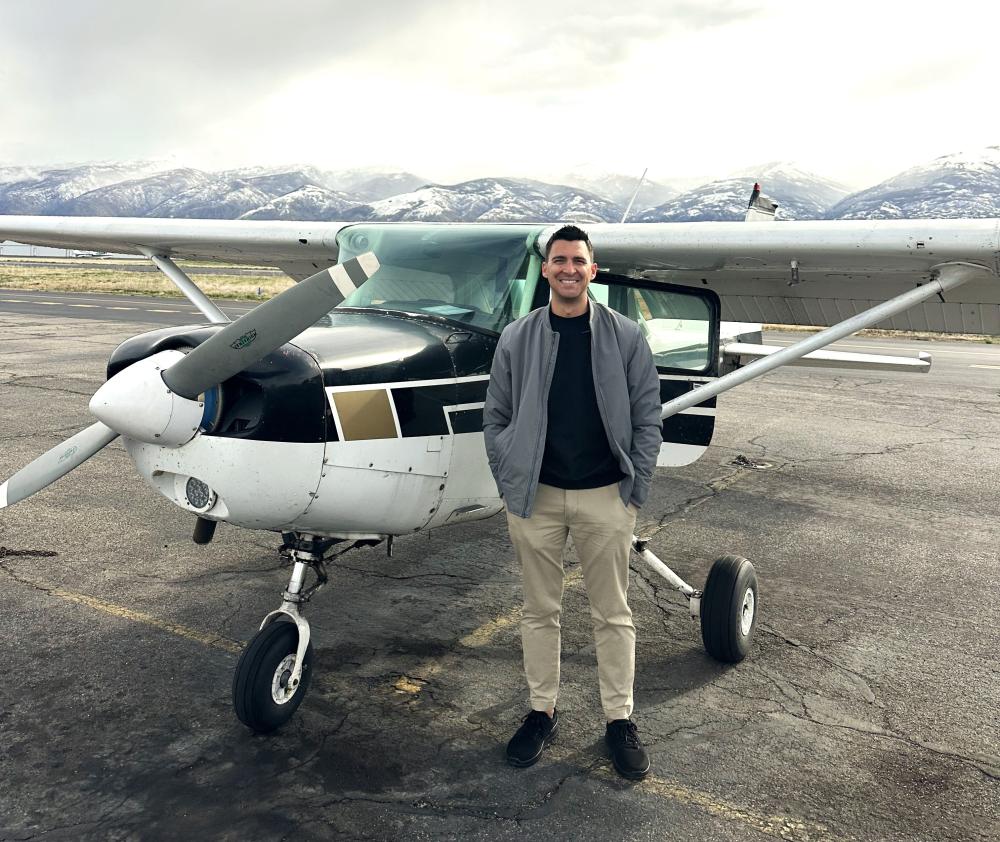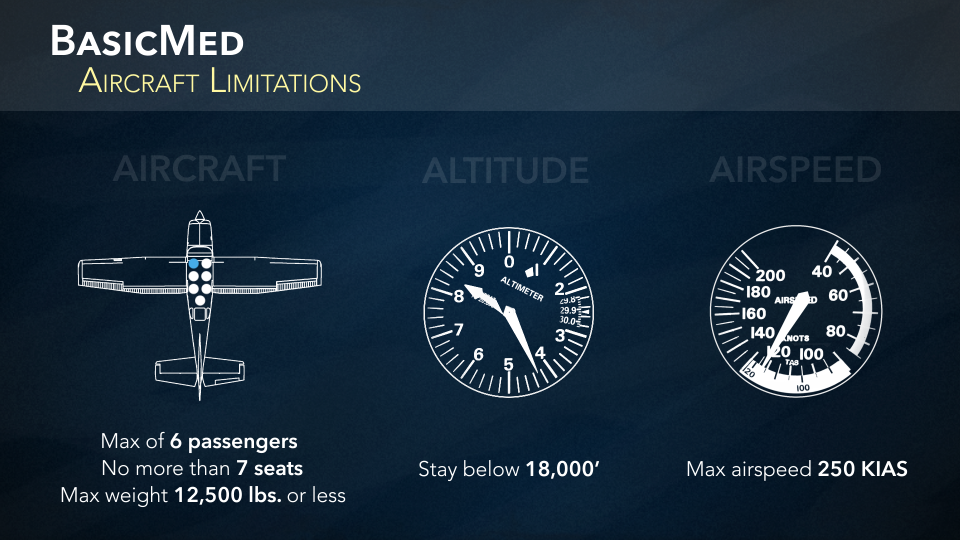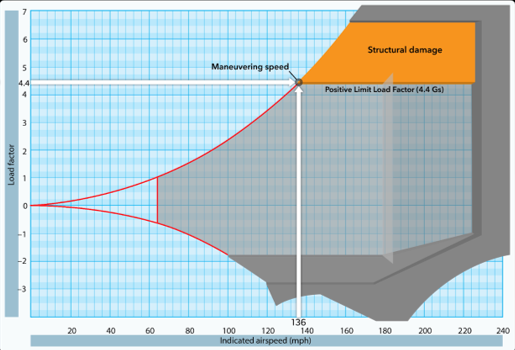If you’ve been training for a while and your CFI still hasn’t asked you to pull to the side of the ramp so he can endorse your logbook for that first solo, it’s natural to feel anxious and frustrated. Maybe you've logged 15 or 20 hours, and your friend already soloed. And that naturally has you thinking, "Why not me?"
Remember this: soloing is not a race. Every student learns at a different pace, and your instructor’s job is to make sure you're not just technically qualified to solo, but truly ready.
The solo requirements are outlined in FAR 61.87, and the key element in these pre-solo flight training requirements is that the student must “Demonstrate satisfactory proficiency and safety to the authorized instructor.”
The statement is intentionally vague—and that’s where good instructors come in. It’s not just about checking boxes; it’s about confidence and consistency.
When we’re evaluating solo readiness, we’re watching for:
- Consistency—Can you perform takeoffs, landings, and traffic pattern operations without help?
- Situational awareness—Do you understand where you are and what’s happening around you?
- Judgment—If something goes wrong, do you know what to do? Will you make safe decisions?
- Confidence, not cockiness—Can you fly the airplane without hesitation, but still with a healthly level of humility?
If you're feeling stuck in a rut, that's ok too—ask your CFI for direct feedback on your solo readiness. And keep in mind that even if you’ve nailed your landings once or twice, soloing means doing it consistently and safely.
Soloing is a major milestone, and you will get there. But trust that your instructor wants you to succeed just as much as you do—maybe more. Our job is to make sure your first solo flight isn’t just legal, but that it’s safe, fun, and something you’ll never forget.





